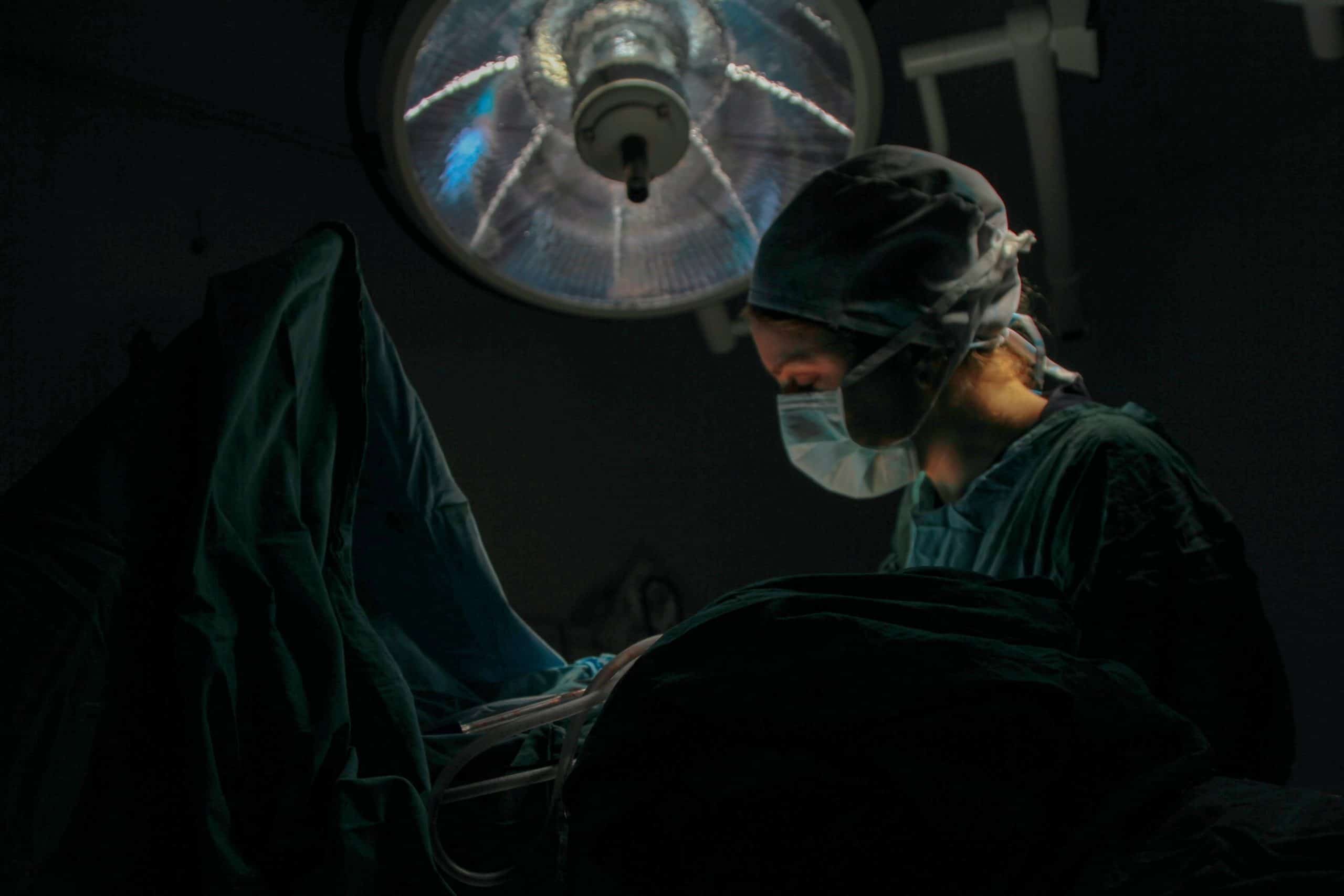Throughout my four years as an undergraduate pre-med student, and my seven years as a Jesuit walking the path to become a physician, I never considered a career in plastic surgery. Like most, I have been influenced by media portrayals (i.e. the TV show Nip/Tuck) in thinking that plastics (as it is referred to in the medical field) primarily consisted of wealthy and privileged individuals spending a large amount of money to look “beautiful.”
It was new territory this past December during my third year of medical school surgery rotation when I found myself spending one month as part of the Plastic and Reconstructive Surgery team. As someone planning to go into work as a surgeon, I was blown away by the incredible advances in medicine, and in particular, what we as humans can do in the operating room to fix injuries and appease disease. I worked long hours, usually from 5:00am to 7:00pm, seeing patients in the hospital, and spending hours-upon-hours in the operating room (OR). I love the hands-on work in the OR, and debunking my stereotypes of plastic surgery, 95% of our cases were non-cosmetic, meaning there was a medical necessity for the surgery.
I assisted with bilateral facial lacerations in a 55-year-old polish immigrant who had his head caught in-between machinery at work. I witnessed the removal of a cancerous mass and reconstruction of a 70-year-old man’s ear. We even performed an eye-brow lift on an 80 year-old Catholic priest who had to push up his eye every time he read a book due to complications from a prior skin cancer surgery.
However, one surgery I discovered was our team’s “bread-and-butter” — the one we did most commonly: Breast reconstructions. When I entered the Jesuits and expressed interest in going to medical school, my thoughts centered around a desire to use my academic abilities in the health sciences and serve God’s people. However, performing breast reconstructions was not exactly how I pictured it playing out. Once again, our God is one of surprises, gracing us in ways we least expect.
The plastics team often worked with the surgical-oncology team to treat women with breast cancer. First, a woman would have a significant portion of their breast removed (mastectomy) and then have silicone implants placed with surrounding tissue and blood vessels to reconfigure their breasts. These are significant procedures, usually taking up to 5 hours, and often our surgical team did multiple breast mastectomy and reconstruction surgeries each day.
One day I saw one of our returning breast cancer patients in the outpatient clinic. The attending closed the door. She asked a few questions to see how the patient was doing, and then began to unwrap the 40-year-old woman’s dressings around her chest. As I stood there watching, the patient looked at me and said, “I’m sorry, it must be terrible for you [a guy] to have to see this ugly chest.”
I was stunned but responded quickly, “Oh my gosh, no of course not. There’s nothing to be sorry about.”
The attending chimed in too, “Don’t be ridiculous, you are beautiful.” But as I stood there watching the rest of the patient visit, it hit me: Here was a relatively young woman whose life was not only completely altered by a cancer diagnosis, but a significant part of her physical identity as a woman was taken away.
Her voice dominated my prayer that evening. I felt a hint of the shame that filled her voice when she spoke to me with doubts about her own beauty and physical appearance. I prayed that she not only be physically healed from cancer and the surgical scars on her chest, but also that she experienced a deeper healing — one of inner peace and love. It struck me: A plastic surgeon can be a powerful mediator of God’s healing. The plastic surgeon has the ability to repair the superficial wounds while also having the opportunity to attend to a patient’s deeper emotional and spiritual needs that come from our embodied human experience.
Ignatius offers at the beginning of the spiritual exercises an invitation to pray about our principle and foundation as people living on this earth. “All things were created to glorify God and serve souls”. There is no aspect of life that is exempt from God’s grace. There is no human endeavor that cannot be used for Christian service and for the greater glory of God.
While I may personally struggle with accepting how much society and media influence a definition of beauty and attractiveness, this experience also helped me realize just how deep a physical wound can cut. I am grateful for this reminder that God’s people are everywhere and the moments in which we mutually connect with God have no limit.
Although I am not planning on pursuing a career in plastic surgery (my heart is in orthopaedic surgery), perhaps one day there will be a Jesuit plastic surgeon repairing skin and soft tissue cuts, rebuilding ears and noses after major accidents, and even performing breast reconstructions all while reminding a patient what I believe God would want to say, “Don’t be ridiculous, you are beautiful.”
-//-
Photo by Mehmet Turgut Kirkgoz on Unsplash


